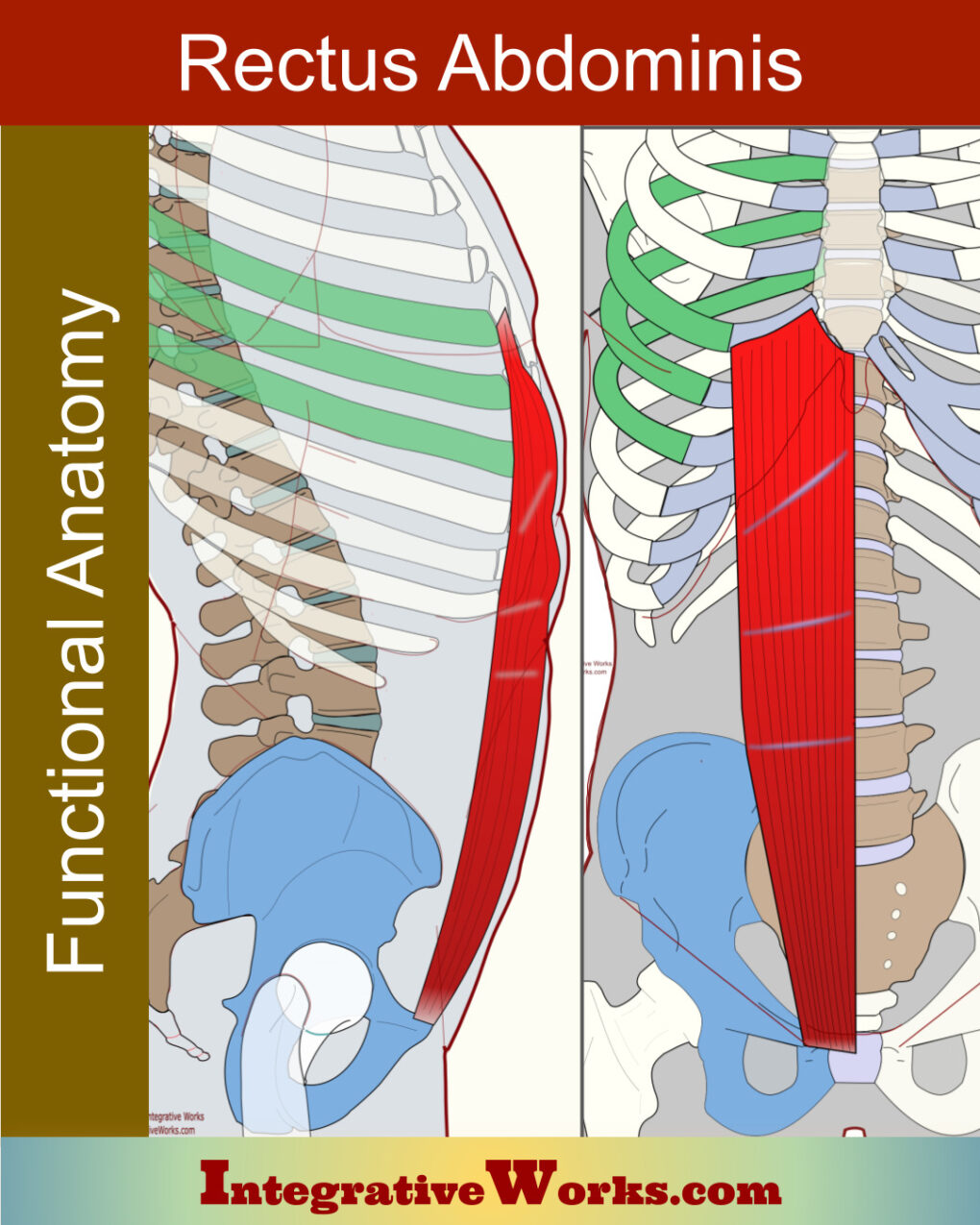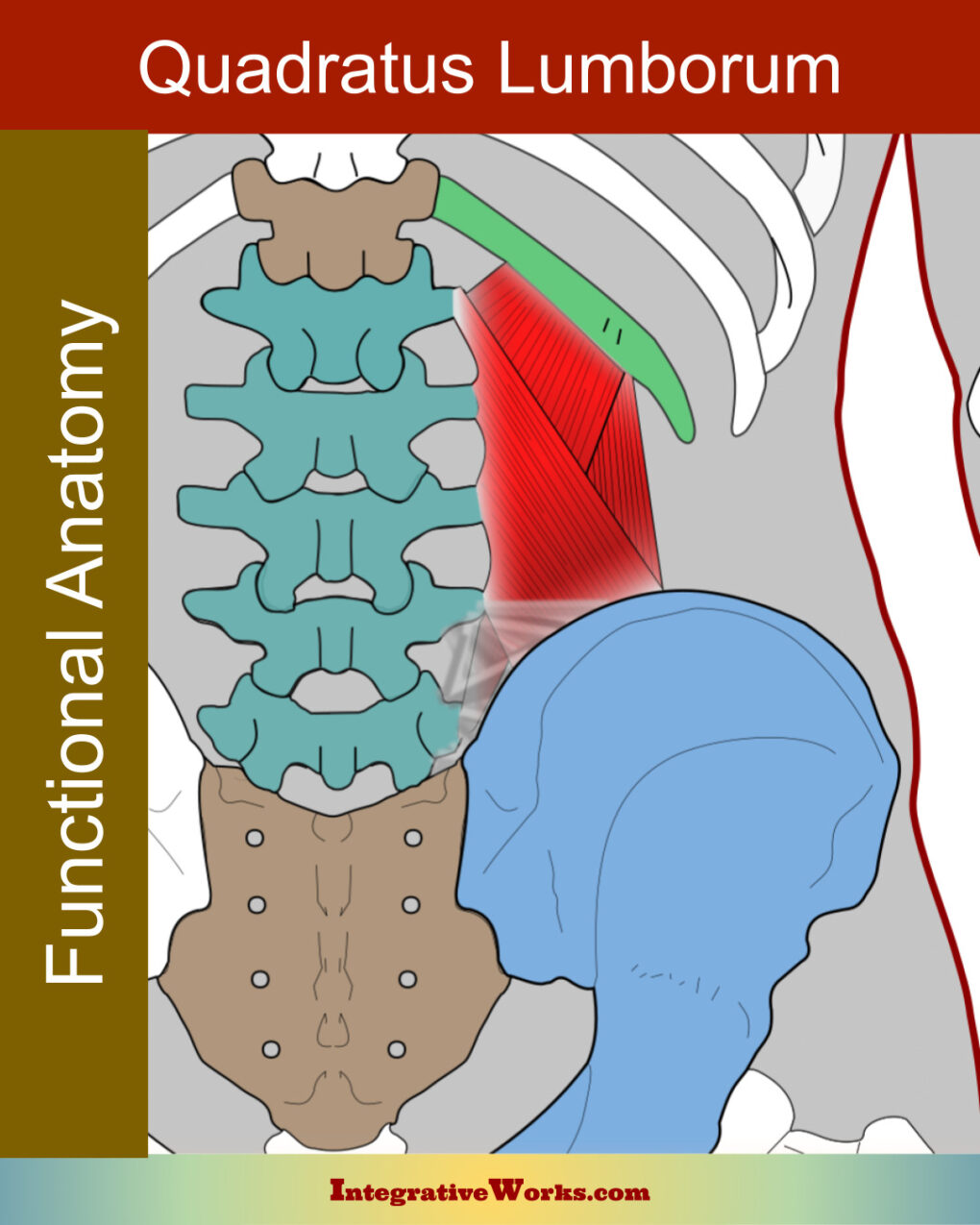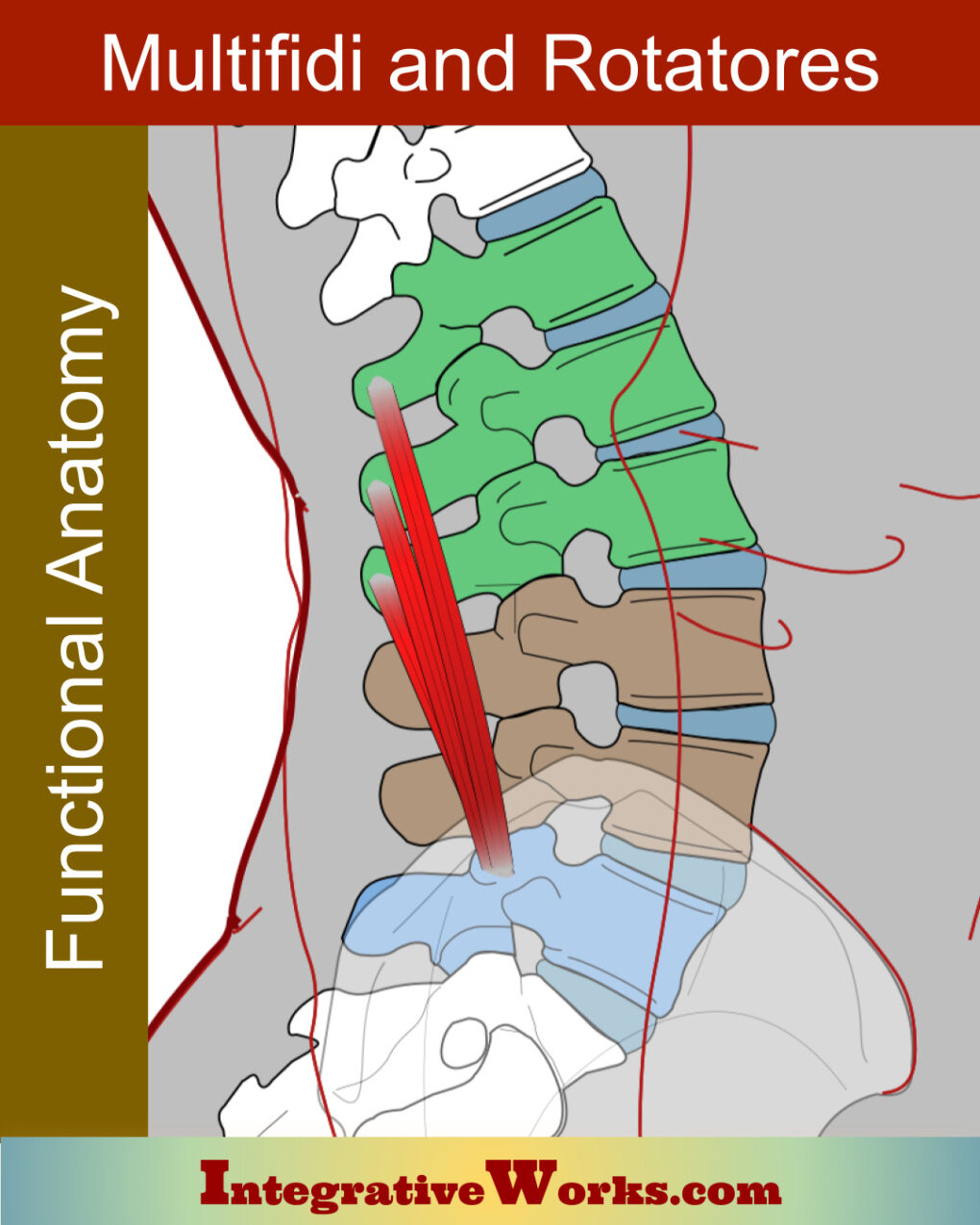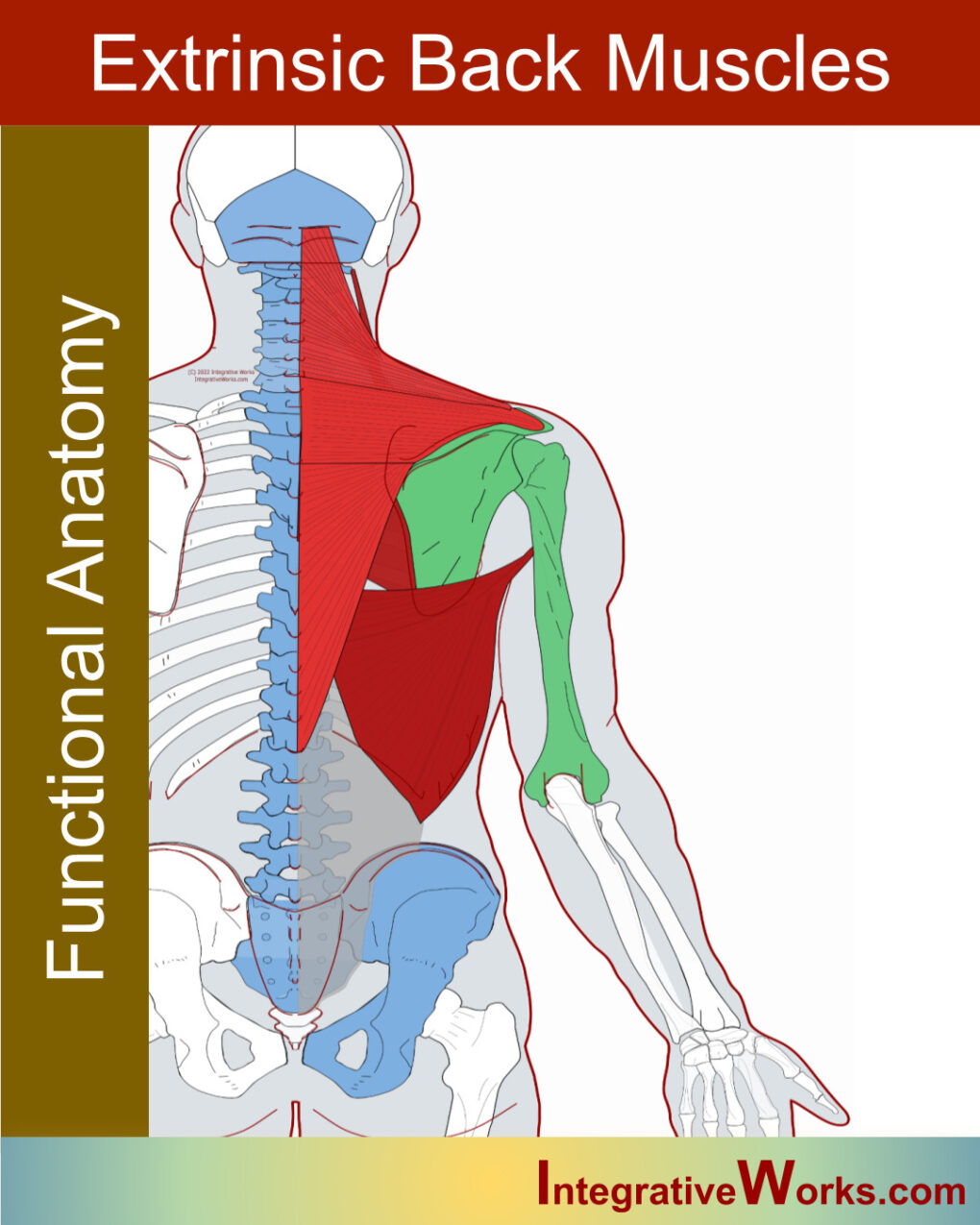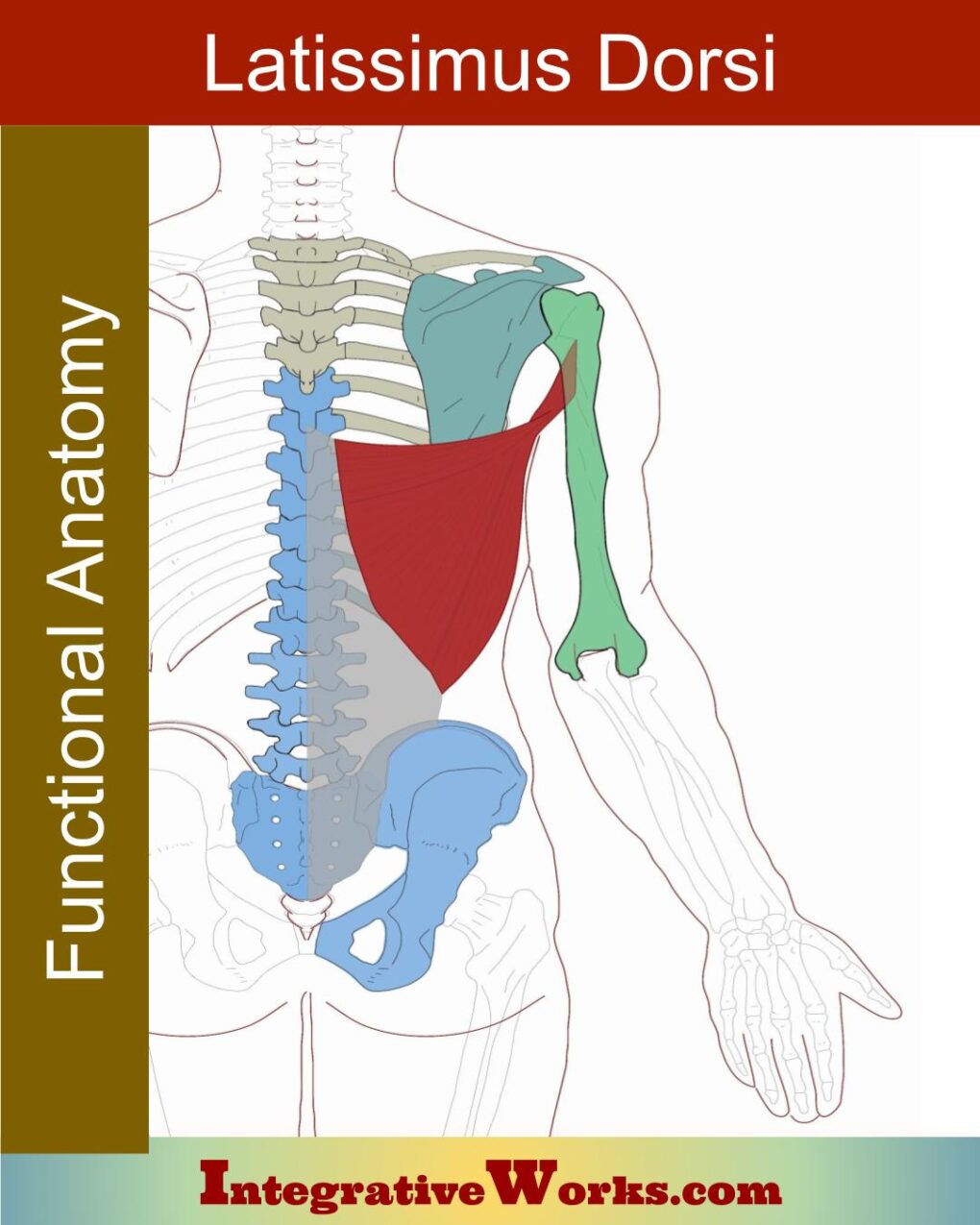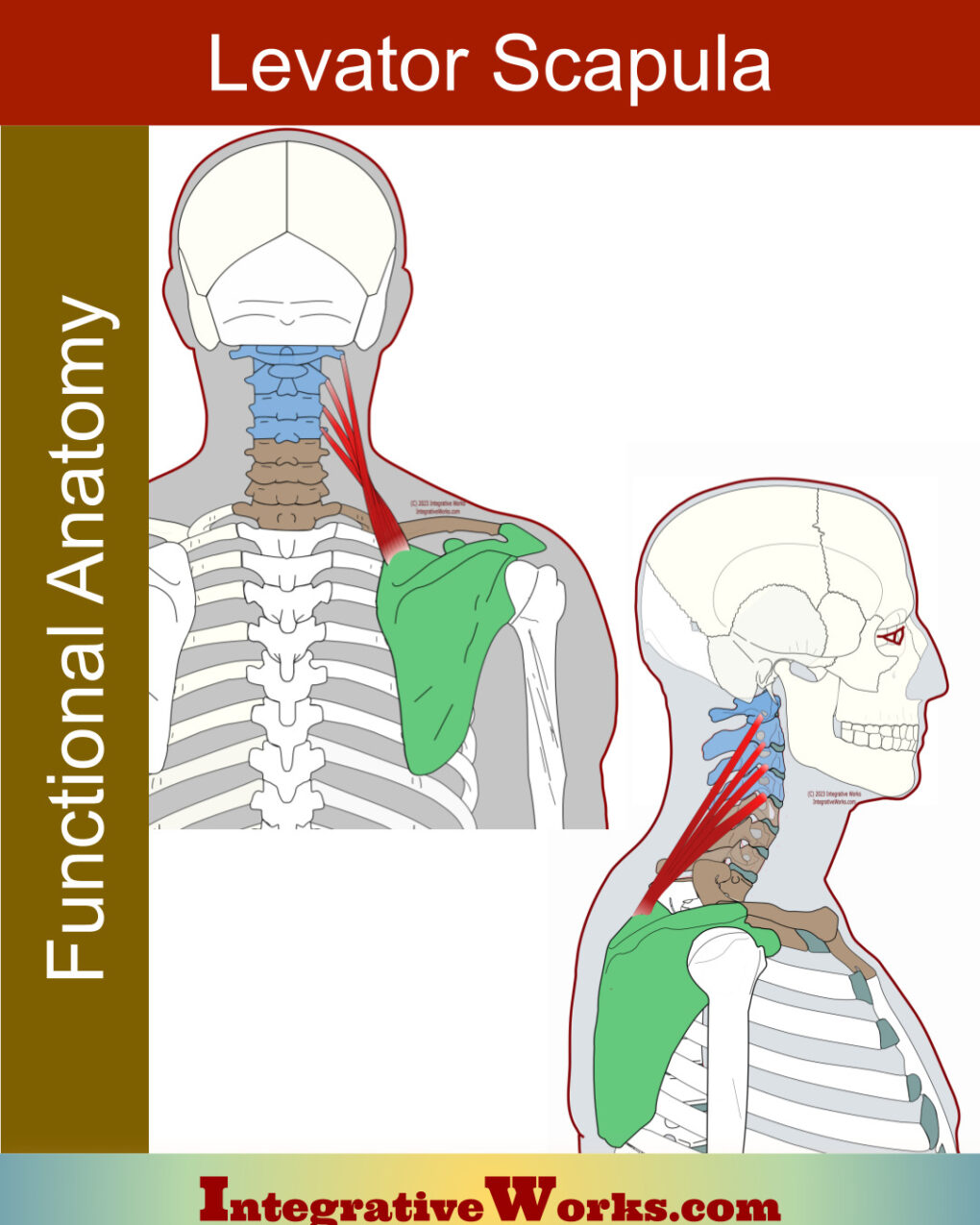Semispinalis Cervicis – Functional Anatomy
Overview Semispinalis cervicis fits between the deeper multifidi and the more superficial erectors and serratus anterior. It is a thin muscle that connects the transverse processes of the upper thoracic vertebrae with the mid-cervical vertebrae. Consequently, It is in a position to trap and compress the lower cervical vertebrae. Interestingly, the posterior rami of those […]


